While I was at my sit spot, I decided to observe this beautiful plant, that had a long stalk that was on average about 2 to 3 feet long, large and long leaves that looked like a upside down tear drop, and at the very top grew these beautiful flowers with yellow petals. Thanks to my observations, my sketches, and the photos that I took of the organism I came to the conclusion that the plant that I observed was a crown beard flower, scientifically known as Verbesina occidentalis.
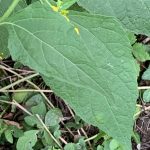
The leaves on the stem that have and ovate shape
Verbesina occidentalis more commonly known as the yellow crownbeard has a perennial duration, which means that this plant will return year after year. This plant has a general appearance that lacks woody tissues when they mature, so they are classified as an herb habitat. Their leaves can be arranged alternately, which mean that they leave are placed individually at different heights, or they can be arranged in an opposite way, which means they originate in pair at a node, and each pair is opposite form one another. Their leaf shape is lanceolate, which means it is the shape of a spearhead, and has the shape of ovate, which means that it’s “…like an egg with narrow end at the apex.” (PlantDatabase) Its inflorescence is a corymb, which is “A flat-topped…flower cluster, with the lower or outer stems longer; the flowers on these stems open first.” (PlantDatabase) This means that at the top of the steam there is a cluster of flowers that have the flowers of the stem open up first.
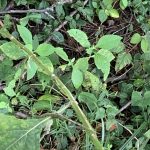
This is a photo of the plant’s stem.
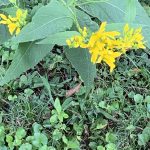
The flowers that grew at the top of Verbesina Occidentalis
The flowers bloom a beautiful yellow color that is very vibrant. The flowers tend to bloom in the months of August through October. These flowers are seen in many states across the United States. These states are Alabama, District of Columbia, Delaware, Florida, Georgia, Illinois, Kentucky, Maryland, Missouri, Mississippi, North Carolina, Ohio, Oklahoma, Penssylvania, South Carolina, Tennessee, Texas, Virginia, and West Virginia. So, all of the states that have the flowers naturally are on the east coast, or the mid-west. They have also been known to have special value to native bees, bumble bees, and honeybees, because of their pollen.
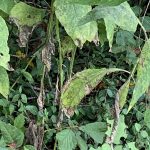
This is a photo of dead leaves at the bottom of Verbesina Occidentalis.
The yellow crownbeard are in the group called dicot, which is a group that is characterized as an embryo that had two cotyledons. They are also in the family that is classified Asteraceae. They tend to be native at about 48 degrees north Latitude. They tend to live in non-wetland but may occur in wetlands, depending on the conditions. So that means they tend to occur in non-wetland, but they can live in wetlands in case their environment changes to wetlands, which is an important adaptation for their survival. They are also listed on the endangered list, but only in Ohio, so in all other states they are not an endangered species.
References
Plant Database. (2019, March 21). Retrieved September 15, 2020, from https://www.wildflower.org/plants/result.php?id_plant=VEOC
Editors, B. (2017, September 13). Dicot. Retrieved September 15, 2020, from https://biologydictionary.net/dicot/
U. (n.d.). Verbesina occidentalis (L.) Walter yellow crownbeard. Retrieved September 17, 2020, from https://plants.usda.gov/core/profile?symbol=VEOC

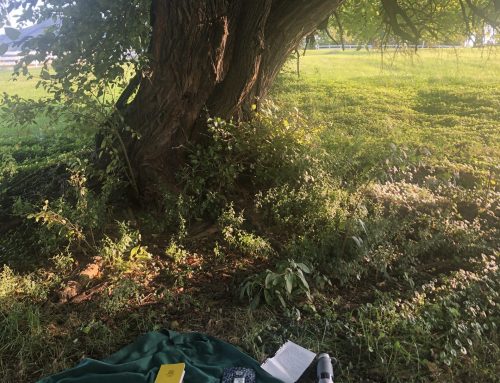
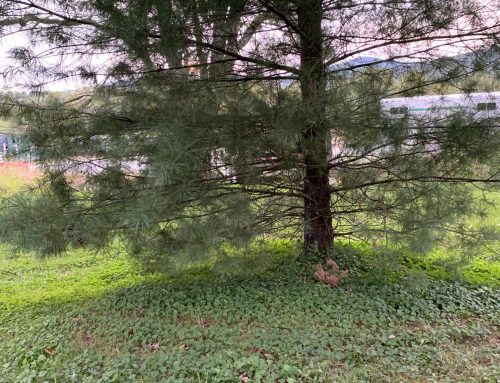
Leave A Comment
You must be logged in to post a comment.